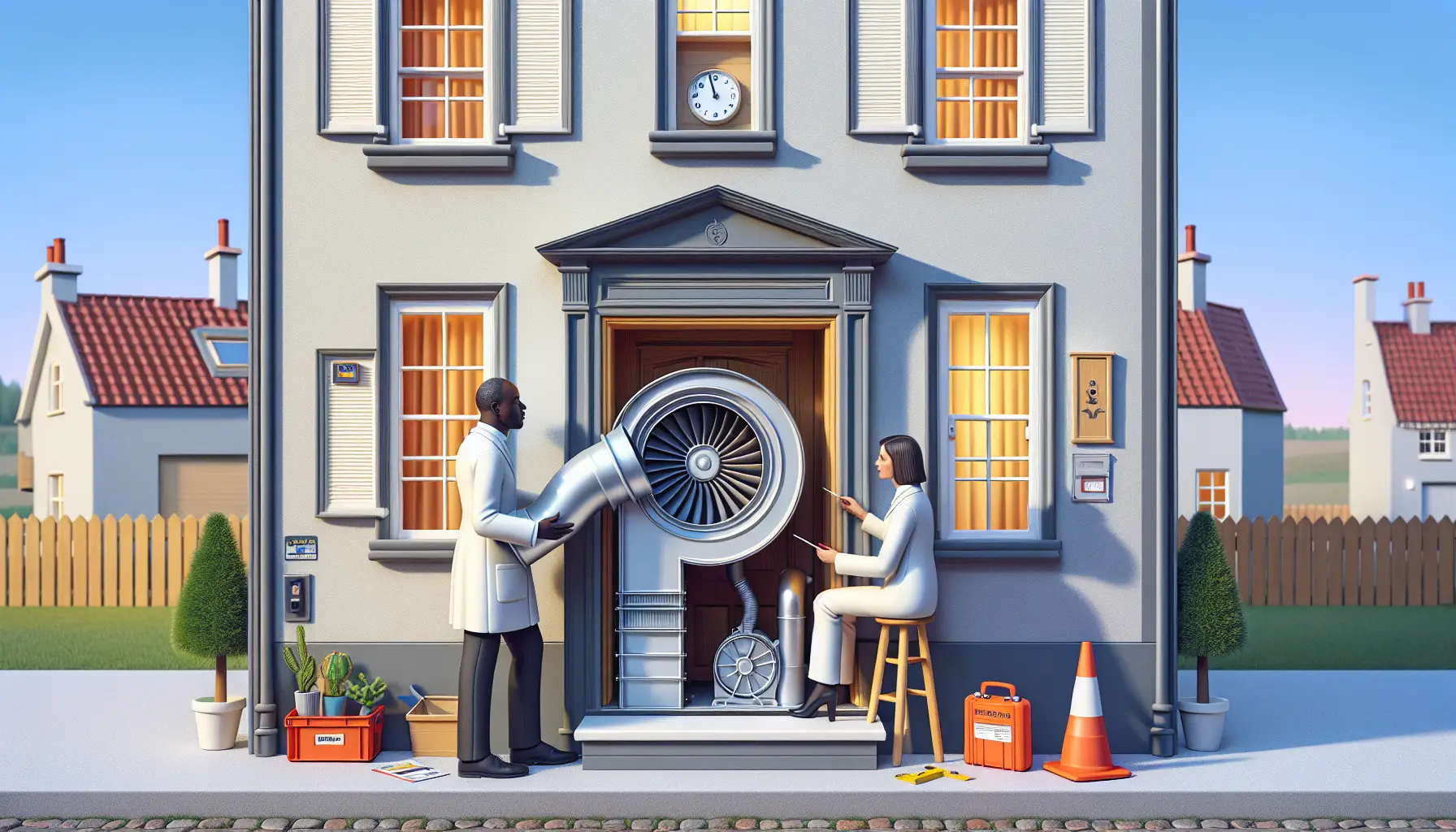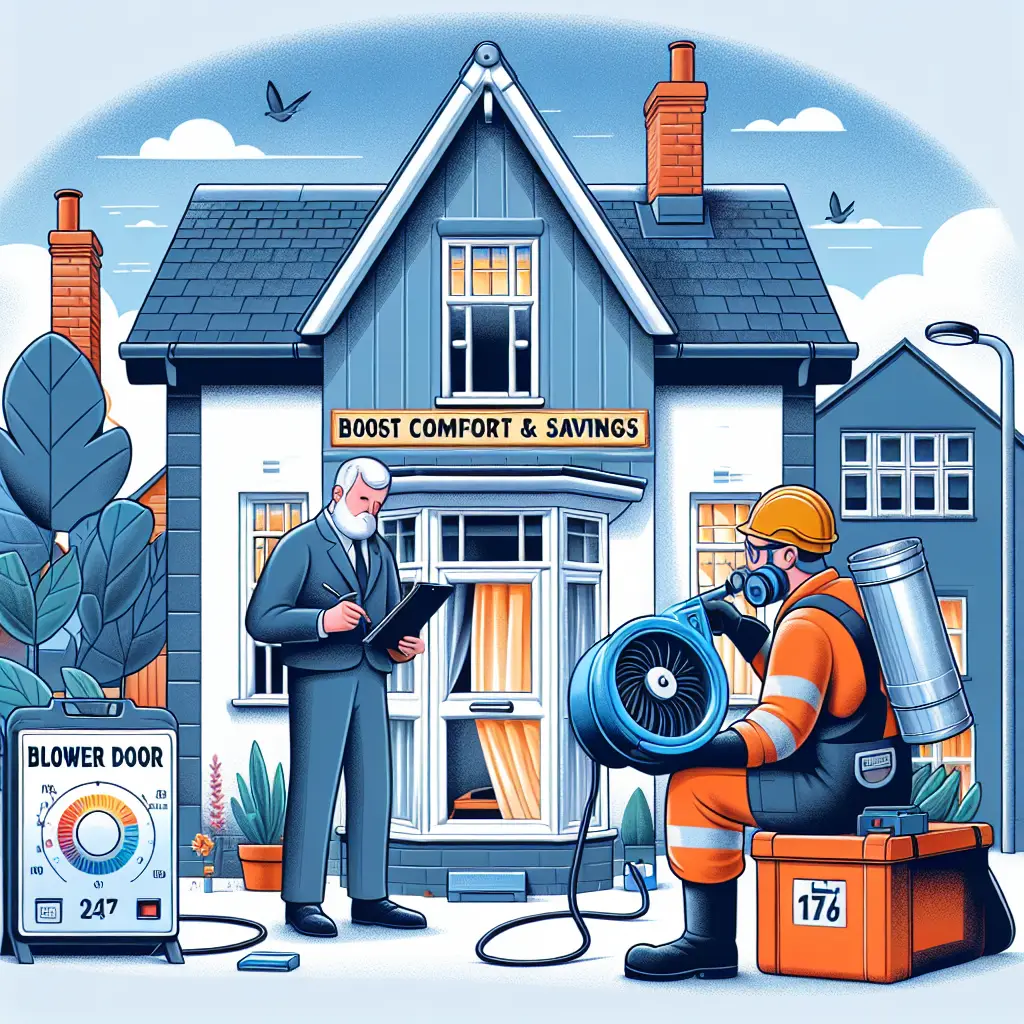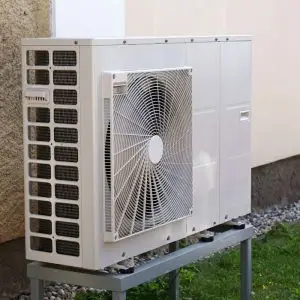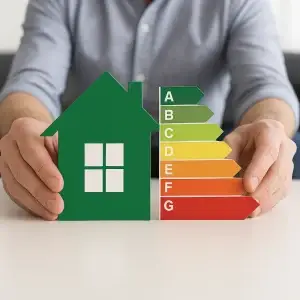Blower Door Testing: Boosting Comfort and Savings
In the quest for optimised energy efficiency and a sustainable living environment, blower door testing emerges as an invaluable tool. This diagnostic method plays a pivotal role in gauging the air-tightness of buildings, ensuring not only compliance with building codes but also enhancing indoor comfort. With a focus on minimising energy consumption and improving air quality, understanding the ins and outs of blower door testing can be a game-changer for homeowners and professionals alike.
Methodology of Blower Door Testing
Conducting a thorough blower door test involves a series of detailed steps designed to assess and improve the air-tightness of a building. Below is an exploration of this rigorous process:
- Preparation and Safety Checks: Technicians commence with a comprehensive safety assessment. All fossil fuel-burning appliances and mechanical exhaust devices are turned off to avert potential disruptions. This precautionary measure is crucial for ensuring the safety and accuracy of the test. It’s imperative that the building is in a neutral state to provide reliable data.
- Creating Pressure Differential: A high-power fan is strategically installed in an external door opening to depressurise the building. This process, executed at a typical pressure of 50 pascals, compels air to infiltrate through any existing leaks in the building envelope. It’s a method that brings to light even the most elusive of air leaks, ensuring a comprehensive assessment.
- Data Collection: Specialised gauges and meters are employed to measure the airflow rate necessary to uphold the specified pressure differential. These readings, articulated in Air Changes Per Hour (ACH) or cubic feet per minute (CFM) at 50 pascals, furnish invaluable insights into the building’s air-tightness and potential energy inefficiencies.
Objectives and Benefits
Blower door testing offers a multitude of advantages, each contributing to a more energy-efficient, comfortable, and compliant home.
Energy Efficiency
Energy optimisation is perhaps the most profound benefit of blower door testing. By identifying and sealing air leaks, major improvements in energy efficiency can be achieved. Minimising uncontrolled airflow through leaks reduces the need for excessive heating and cooling, directly translating to lower utility bills. For homeowners seeking an economy of energy and finances, blower door testing is an indispensable service available through expert providers like Ratio Seven.
Enhanced Comfort
Comfort in one’s living or working environment is paramount. By addressing air leaks, blower door testing helps establish an equilibrium of temperature throughout the interior space. This leads to the elimination of hot or cold spots, ensuring a consistently comfortable environment. Plus, controlling the influx of external air means improved indoor air quality, with reduced levels of allergens, pollutants, and humidity.
Moisture Control
Excess moisture can wreak havoc on a building, spurring structural damage and mould growth. By pinpointing and sealing air leaks, the risk of moisture-related issues is significantly mitigated. This aspect of blower door testing is vital for preserving the integrity of the building structure and the health of its occupants.
Conducting the Test
Executing a blower door test requires expertise and precision, with several considerations involved:
Qualified Personnel
The test should always be conducted by qualified professionals. These include Virginia licensed general contractors, HVAC contractors, home inspectors, registered design professionals, certified BPI Envelope Professionals, HERS raters, or certified duct and envelope tightness raters. Companies like Ratio Seven employ professionals who are rigorously trained in using blower door equipment to ensure accurate results.
Test Conditions
During the test, it’s vital to maintain specific conditions: external windows and doors should remain closed yet unsealed beyond their intended weatherstripping; dampers and interior doors should be appropriately adjusted, and heating and cooling systems must be turned off. These conditions facilitate an environment where the test can yield the most accurate results.
Reporting and Compliance
Post-test, a detailed report of the findings is drafted. This report, signed by the technician, must be submitted as part of the building permit process. It is reviewed for approval prior to issuing a Certificate of Occupancy. Furthermore, the results are documented on the Energy Efficiency Certificate, cementing the building’s compliance with regional regulations.

Interpreting Test Results
Understanding the metrics produced from a blower door test is crucial for taking actionable steps toward improvement:
- ACH50 (Air Changes per Hour at 50 pascals): This measurement points to the number of times the entire air volume within the house is replaced with external air in an hour at set pressure. A score below 5 ACH50 signifies an efficient existing home, while new constructions might require lower scores for efficiency.
- CFM50 (Cubic Feet per Minute at 50 pascals): This number denotes the air volume moved through the fan per minute at the test pressure, instrumental for calculating further metrics and understanding airflow dynamics.
Frequently Asked Questions (FAQs)
What is the primary purpose of blower door testing?
The principal aim of blower door testing is to ascertain a building’s air-tightness. This process helps identify air leaks, which can then be rectified to lower energy expenses, enhance indoor comfort, and ensure building code compliance. For regions with strict building codes, such as Portsmouth, mastering blower door testing methodologies is critical for compliance purposes.
How can blower door testing contribute to energy savings?
Blower door testing identifies the specific areas where a building loses energy through air leaks. By addressing these leaks, homeowners can greatly curtail energy used in heating and cooling, thereby reducing their utility bills. This reduction not only brings financial savings but also lessens the overall carbon footprint, contributing to environmental conservation.
Who is qualified to perform a blower door test?
Blower door tests should be performed by trained and certified professionals to ensure accuracy and compliance with regulations. These include professionals such as HVAC technicians, home inspectors, and certified energy raters.
Using trained experts like those at Ratio Seven ensures that the testing process adheres to all institutional guidelines and standards.
How does blower door testing impact indoor air quality?
By sealing leaks identified in blower door tests, buildings can maintain more consistent air quality. This prevents the ingress of pollutants and allergens, ensuring a healthier indoor environment. Furthermore, managing humidity levels can prevent issues like mould growth, which is essential for a healthy living space.
Blower door testing stands as an essential measure for homeowners and building professionals dedicated to energy efficiency and superior indoor living conditions. By uncovering and addressing air leakage, substantial improvements in comfort, energy-saving, and regulatory compliance can be achieved.
For those seeking an exhaustive evaluation of their building’s air-tightness, engaging with certified experts like Ratio Seven is a prudent step toward optimal energy performance and sustainable living.




